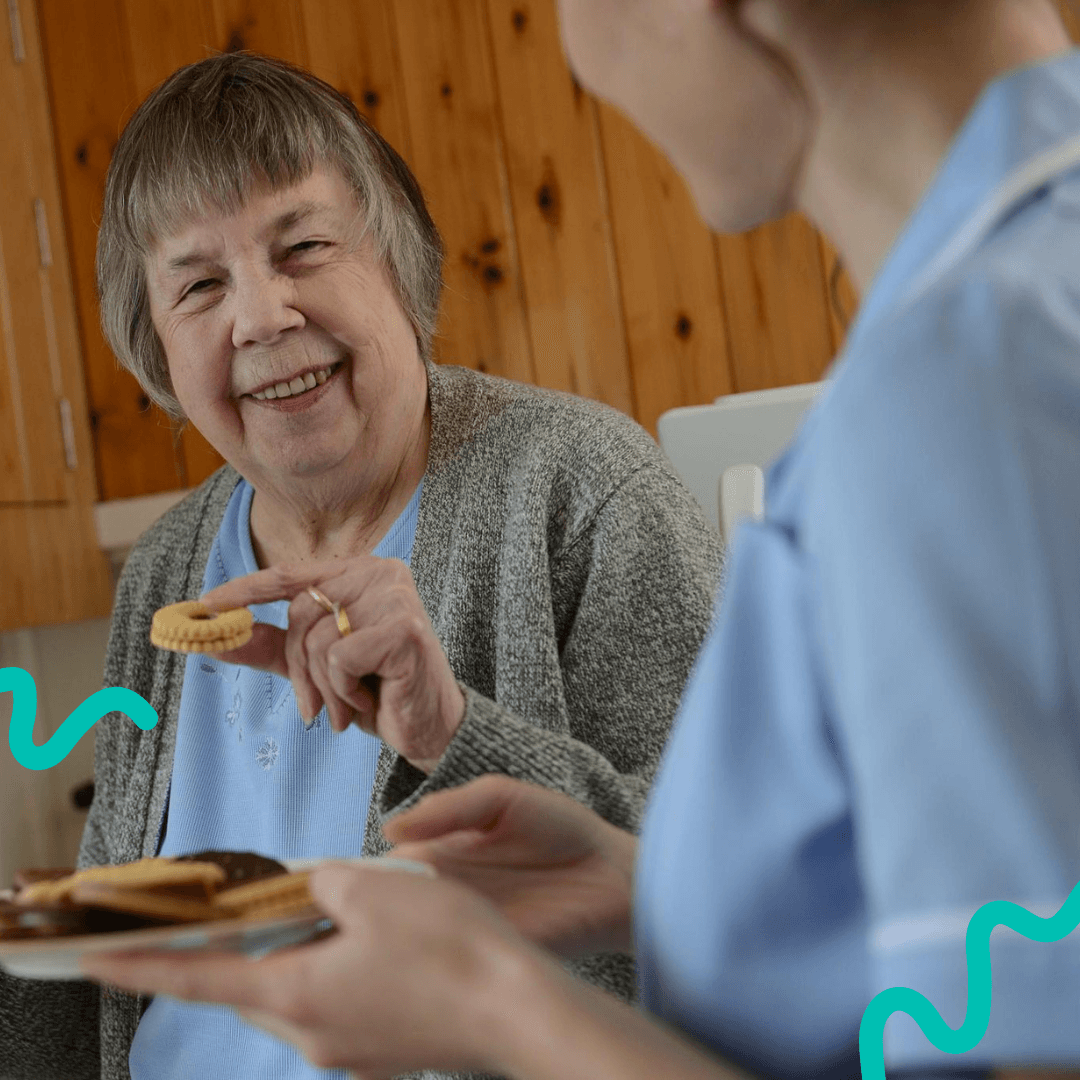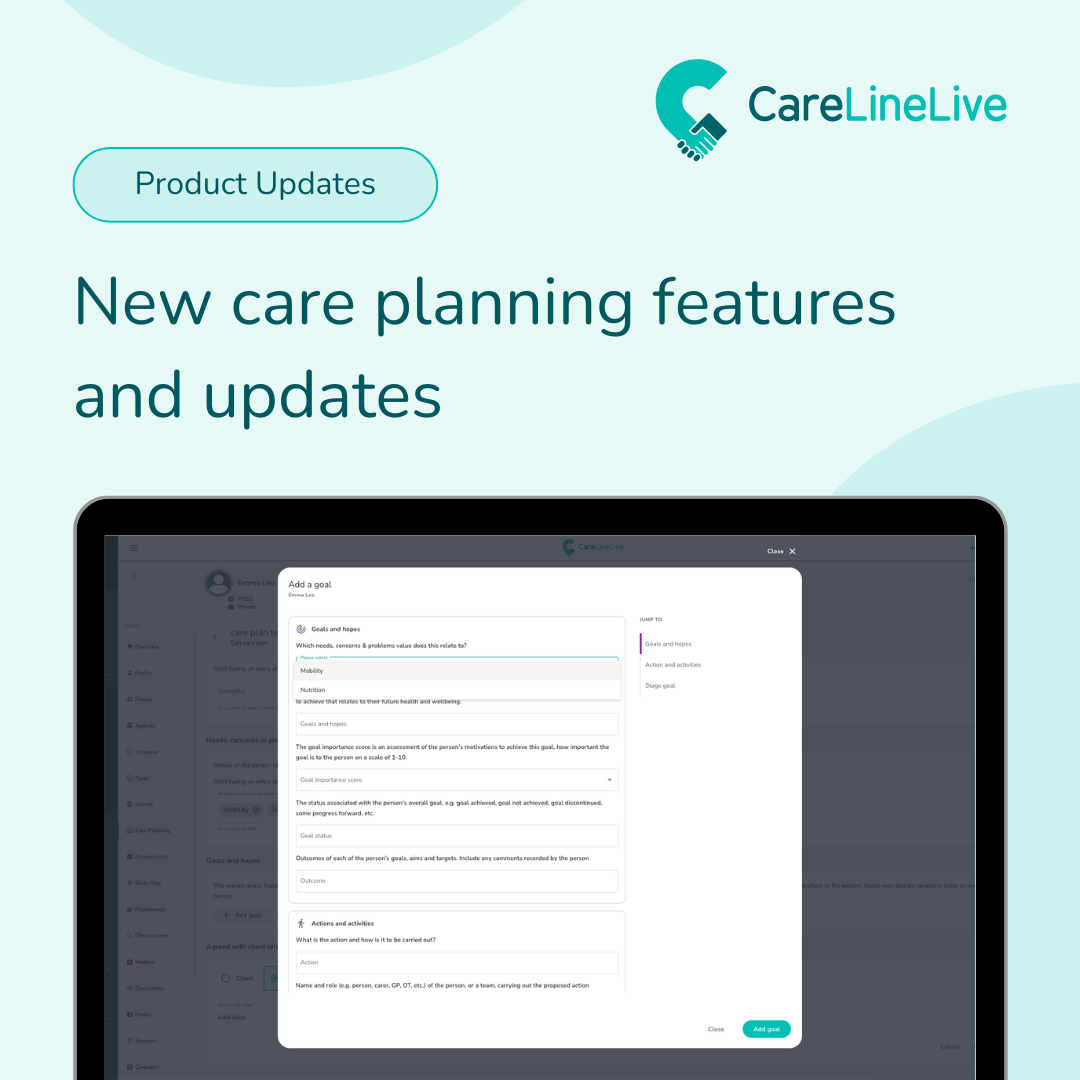The high-risk weather season from October to April brings an increased likelihood of flooding, bushfires, tropical cyclones, storms and heatwaves. With the imminent arrival of this high-risk season, it is crucial for providers to either create a new Emergency and Disaster Management Plan or update an existing one.
Crisis management
Even in times of crisis, providers of aged care services must ensure the uninterrupted care of older individuals, whether they reside in aged care facilities or receive home care. The most effective approach to achieve this is by having a well-prepared plan in place.
The aged care sector is particularly vulnerable during this time, facing potential evacuations, staff shortages, power outages and difficulties in accessing essential supplies. Home care service providers are responsible for conducting welfare checks on older individuals under their care.
Inadequate or delayed responses to emergencies heighten the risks faced by elderly individuals and staff members. Adherence to the Quality Standards mandates the establishment of robust risk management systems and procedures. These systems are essential for effectively handling high-impact risks associated with the care of older individuals in emergency situations. Emergency risk management is encompassed within Standard 3 and Standard 8.
How to be risk ready
In anticipation of and in response to emergencies, it is vital to strategise for potential staff shortages resulting from shifts in commuting patterns. It is imperative to conduct thorough evaluations and formulate comprehensive strategies that encompass immediate, medium and long-term phases following the emergency.
The primary focus should be on upholding care for the most vulnerable individuals. Developing contingency plans for scenarios like power outages and challenges to critical infrastructure is crucial. It is essential to recognise, support and closely monitor individuals and circumstances impacted by the emergency, with a specific emphasis on staying informed about the elderly population. Service delivery must be adapted to address any hindrances in reaching essential supply chains.
Technology and real time communication
Technology plays a vital role in mitigating risks and overseeing individuals dependent on home care services.
Frontline care workers require technology that offers real-time information. This enables care staff and managers to access up-to-date data, while also ensuring that managers receive immediate alerts when incidents or concerns arise. To explore how CareLineLive can support with risk and crisis management, please click on the following link.



